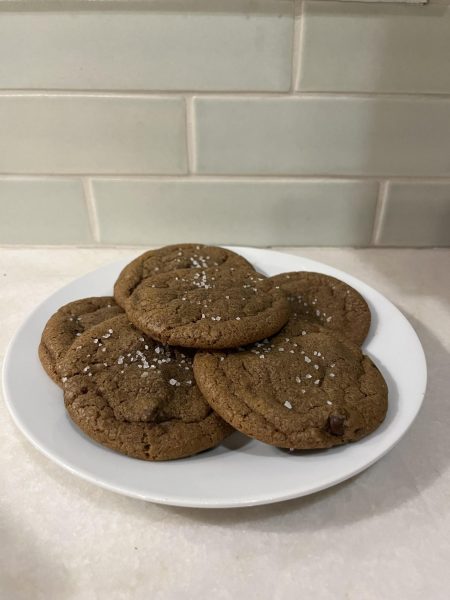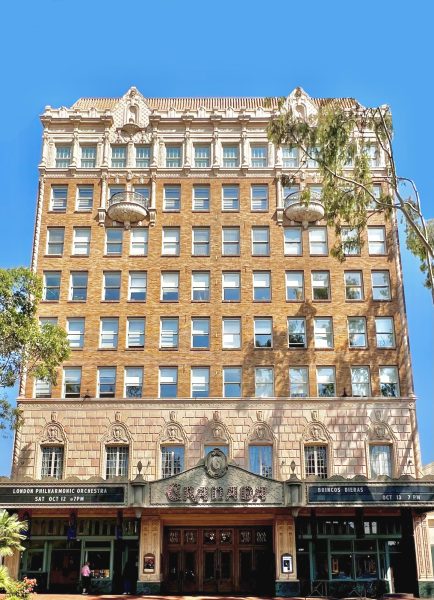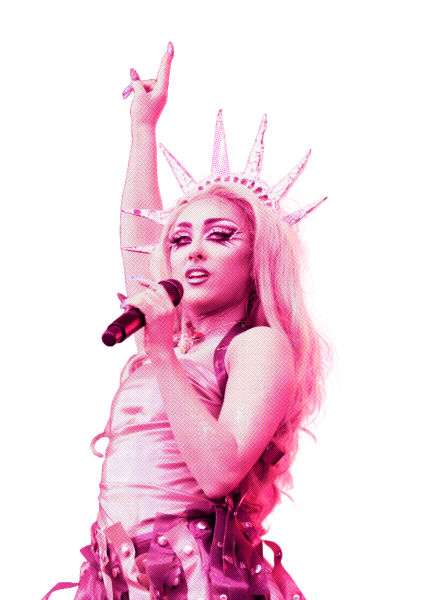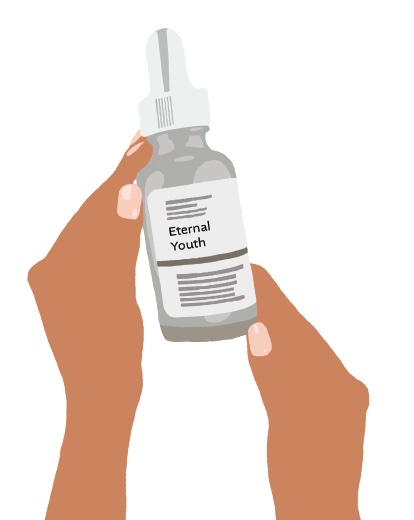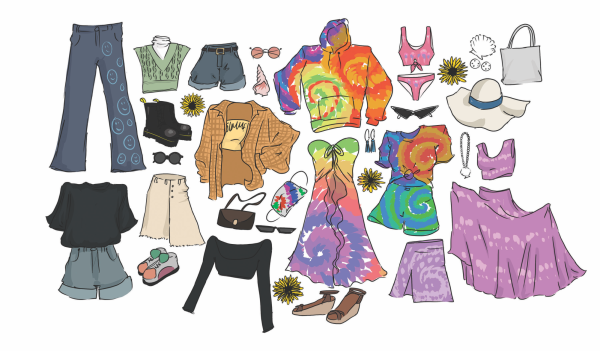The Future (of film) is Female
As she stepped onto the stage to present the award for Best Director at this year’s Golden Globes, actress Natalie Portman drew a deep breath and said,“And here, all the all-male nominees.”
This statement speaks for itself and opens up the conversation about the under-representation of women in every aspect of Hollywood.
On the heels of the powerful and thriving “Time’s Up” movement, which is in support and recognition of victims of sexual harassment and assault, celebrities expressed solidarity by wearing all black to award shows and banquets.
But the fight for equality in Hollywood, and every work- place, is just beginning for women.
When on the Golden Globe’s Red Carpet and asked why she was wearing black, actress Meryl Streep answered,“I think that people are aware, now, of a power imbalance.And it’s something that led to abuse. It’s led to abuse in our own industry, and it’s led to abuse across the domestic workers’ eld of work. It’s in the military, it’s in Congress, it’s every- where, and we want to x that, and we feel sort of emboldened in this particular moment to stand together in a thick black line dividing.” In the history of the Golden Globes, only one female has won an award for best director, and that was over 30 years ago when Barbara Streisand won for her direction of “Yentl” in 1984.
It’s sad that what lies between this gender gap in society is abuse, harassment, condescension and a journey far longer than we can imagine towards the ultimate goal of equality in the workforce and media representation. But, we stand with other women:The Future Is Female.
Greta Gerwig is making history. Here’s how.
The visionary nominated for two Academy Awards for her writing
and direction of Oscar-nominated “LadyBird,” Greta Gerwig is emerging as one of the rising women within this era of lm. In “Lady Bird,” an off-beat, nostalgic coming-of-age lm, Christine “Lady Bird” McPherson (Saoirse Ronan) navigates the mundane roller coaster of her senior year at a Catholic high school in 2002-era Sac- ramento, California.We follow Ladybird
as she delves into relationships, ” the most tumultuous being that of her and her mother (played by Laurie Metcalf).Two strong, distinctive women whose relationship the audience comes to love and relate to on several complex levels as they realize that, not only are they strikingly different, they are also similar in ways they can only begin to understand, which deeply moves the audience.
Although in some ways similar to classic John Hughes movies of the teen-coming- of-age genre – movies like “Pretty in Pink” and “Sixteen Candles”– Gerwig manages to turn the all-too-familiar high school coming-of-age story into one that became something complex and beautiful; and, more importantly, something with soul: something real.
The edgy boyfriend, the high school theater production and the senior prom play out differently from the Hughes-esque ideal depicted in other teen movies.
“Lady Bird” creates a world for every audience member, and its cinematography, story, and atmosphere that is unlike any other movie I’ve seen: mainly because of its capability to reach out to every generation who watches it.
Gerwig’s aesthetic comes across as authentic and emotional. That is because this movie was written and directed by Gerwig, and also set in her hometown of Sacramento, an element that adds a magi- cal facet to this film.
In a recent interview with The New York Times, Gerwig remembered the moment of Kathryn Bigelow’s Oscar win in 2010– the only woman to ever win an Oscar for Best Director for her direction of “The Hurt Locker.”
“Suddenly, there she was, and more seemed possible to me… I imagine that it impacted other young women as well who had dreams of being a director” (via DW.com).
Eight years later, 34-year-old Gerwig is only the fifth female to be nominated for Best Director at the Academy Awards in its ninety-one years of existence.
In other words, for each women nominated in this category, ninety men have been nominated. Even more so, she is nominated for Best Original Screenplay for “Ladybird.” Also making history at this year’s Oscars is Rachel Morrison, and a tremendous amount of depth the first female ever to be nominated for best cinematographer to each character – portraying them for her work on the movie “Mudas people, not merely teenage carica bound,” a historical drama set in futures or props.” post-World War II Mississippi. In addition to her nominations for Best Director and Best Original Screenplay, Gerwig’s “Ladybird” is also nominated in the categories of Best Actress (Saoirse Ronan), Best Supporting Actress (Laurie Metcalf) and Best Picture (Scott Rudin, Eli Bush and Evelyn O’Neill). As we anticipate the 2018 Academy Awards, we look to women as they spear- head a new movement of representation and recognition for their work, which adequately deserves this recognition and more.
Your donation will support the student journalists of Laguna Blanca School. Your contribution will allow us to purchase equipment and cover our annual website hosting costs.
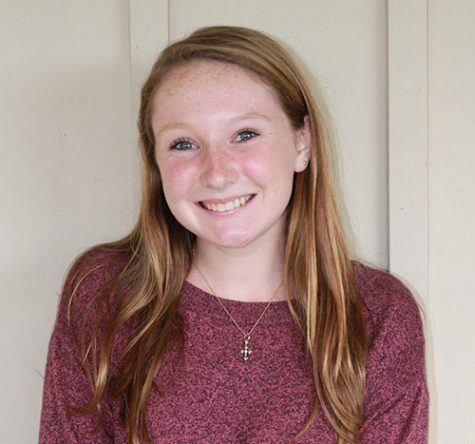
Ava is a junior at Laguna Blanca School and is a returning member of the Fourth Estate staff. She writes Arts & Entertainment and Feature stories and...

































